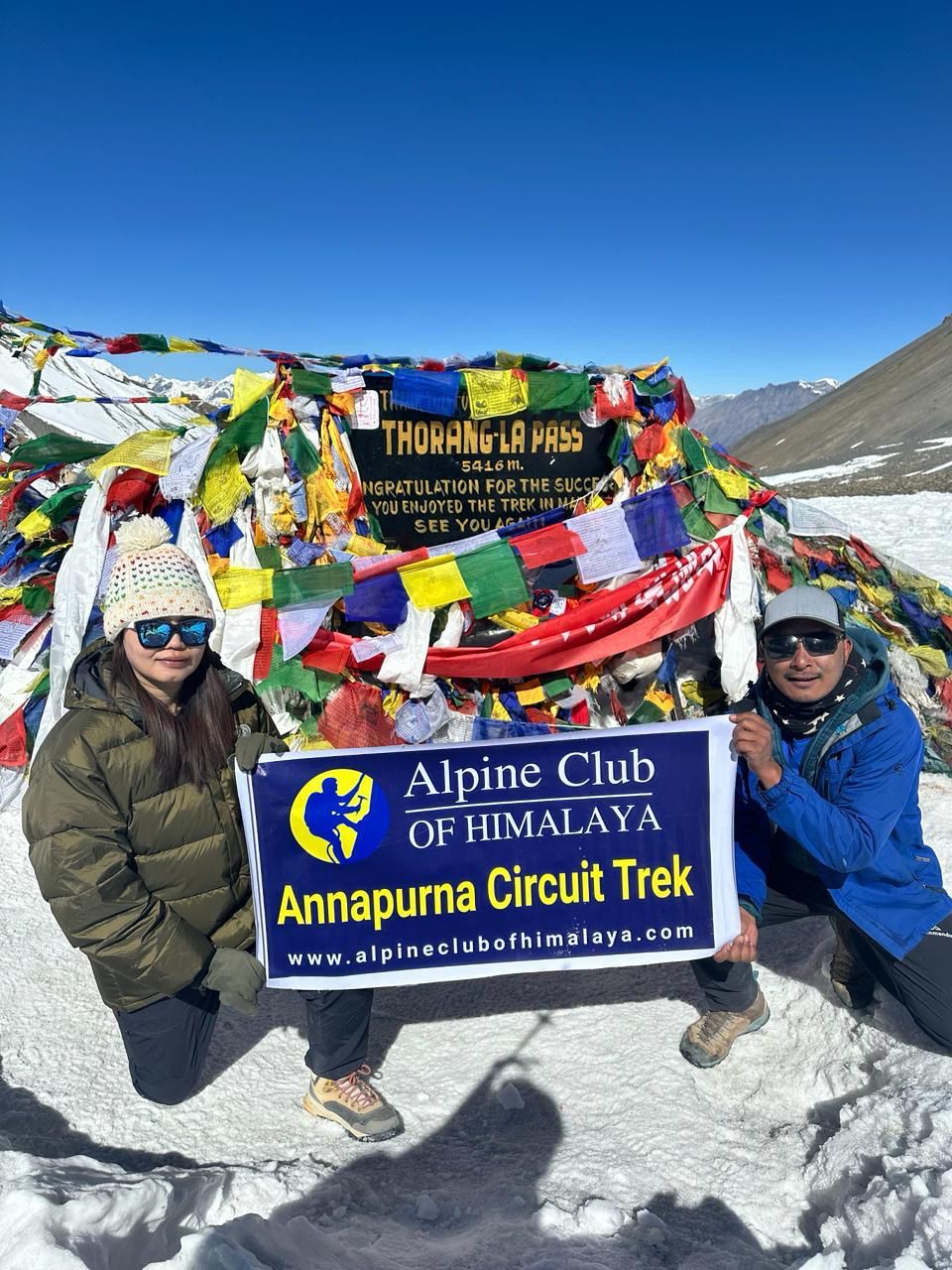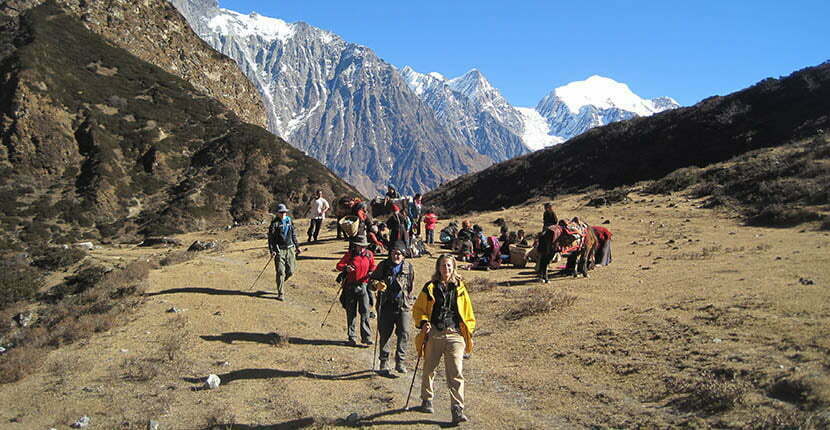Baden-Powell Scout Expedition, a mushroom shaped mountain situated in the Langtang region in Nepal, is part of the Himalayan range. Standing roughly a hundred miles west of Mount Everest on the Nepal-China border, Baden Powell Scout Peak presents itself as an alluring alternative to Imja Tse or Island Peak in the Khumbu region. Majestic peaks like Langtang II, Langtang Lirung, Dorje Lakpa, and Shishapangma in Tibet rise up around it. Previously known as Urkema Peak, it was renamed Baden-Powell Scout Peak in 2007 by the Nepalese government to celebrate the 100th anniversary of Scouting and honor Robert Baden-Powell, the founder of the World Scouting movement. To mark the occasion, an international team of scouts from Australia, Korea, Taiwan, Hong Kong, Malaysia, and Singapore embarked on the inaugural trek to the peak.
Best Seaseon for the trek
The best seasons for the Baden Powell Scout Expedition are spring (March-May) and autumn (September-November). These shoulder seasons offer pleasant trekking conditions with clear skies, moderate temperatures, and less chance of rain or snow compared to the summer monsoon season (June-August) and the colder winter months (December-February).The best seasons for the Baden Powell Scout Expedition are spring (March-May) and autumn (September-November). These shoulder seasons offer pleasant trekking conditions with clear skies, moderate temperatures, and less chance of rain or snow compared to the summer monsoon season (June-August) and the colder winter months (December-February).
Important Note :
Your safety is of paramount importance to us at Alpine Club of Himalaya. We have the absolute authority to cancel the trip or change the itinerary, when deemed necessary or when we have reason to believe your safety is at stake. Weather conditions, the health condition of a group member, natural disasters, and such, can contribute to changes in the itinerary when traveling in remote mountainous regions. In these extreme situations, we kindly request that you offer your full co-operation to the trusted leader of the group appointed by Alpine Club of Himalaya. However, we assure you that we will make every effort to keep to the above itinerary.














Write a Review